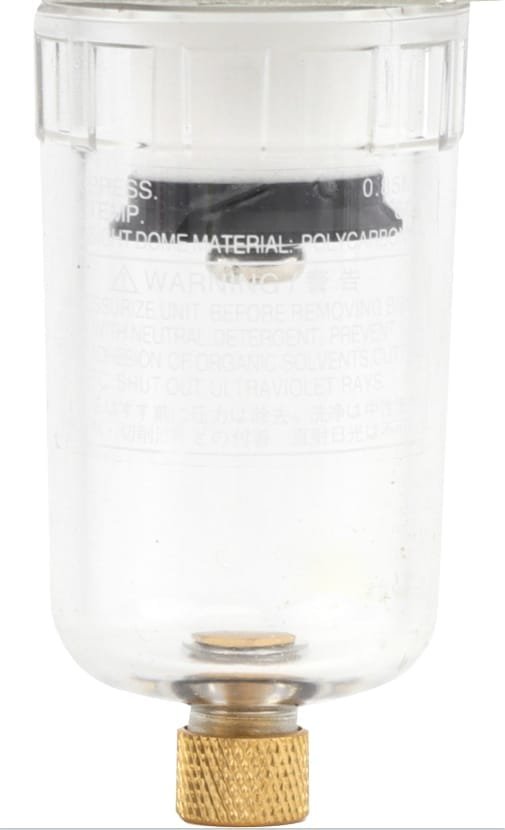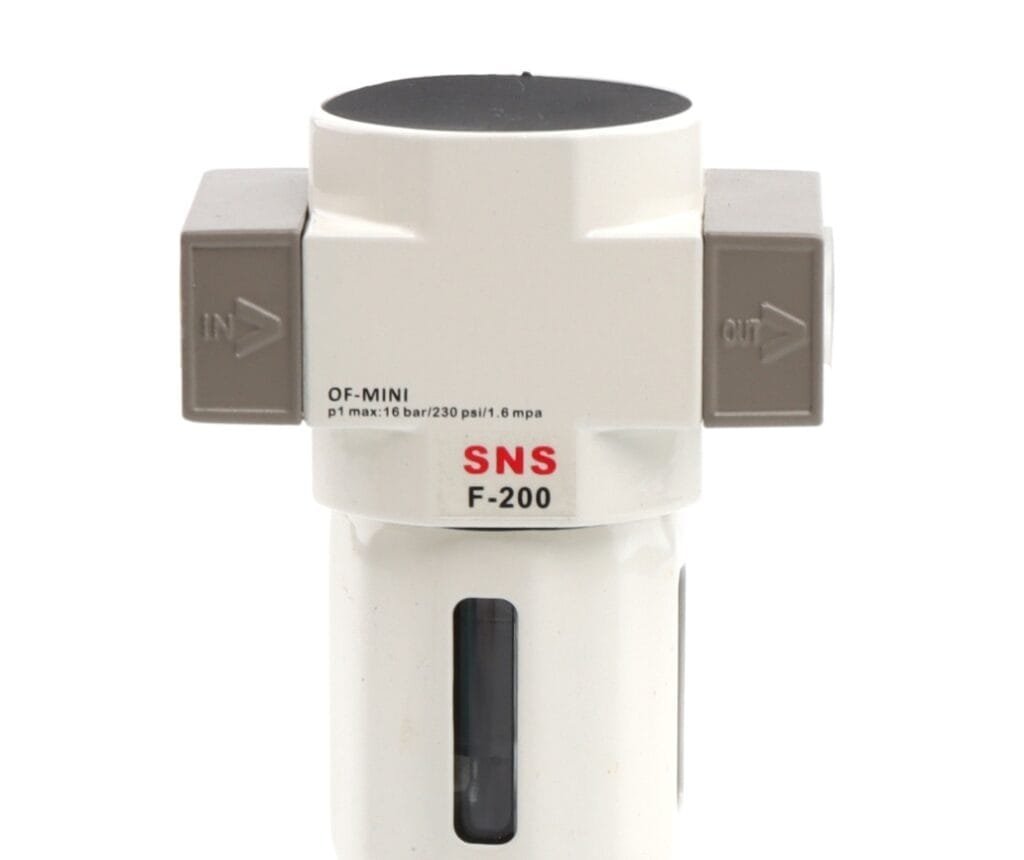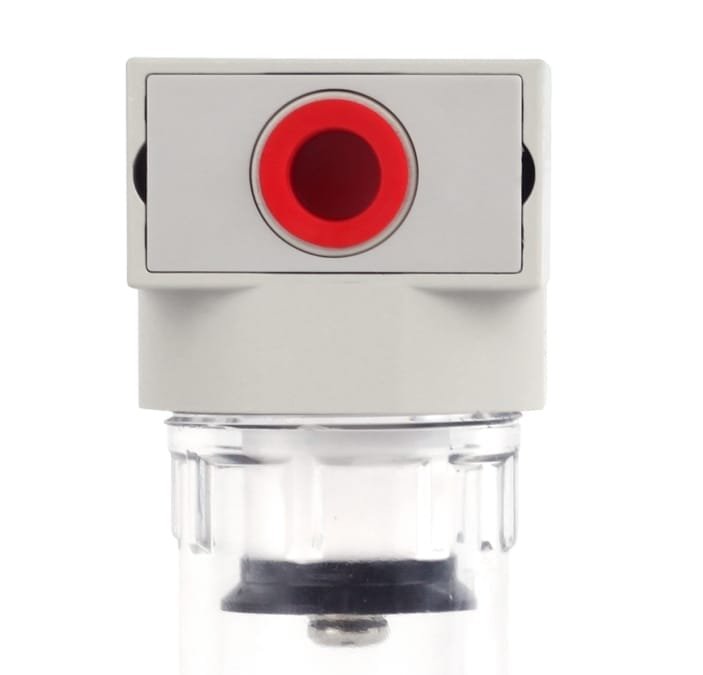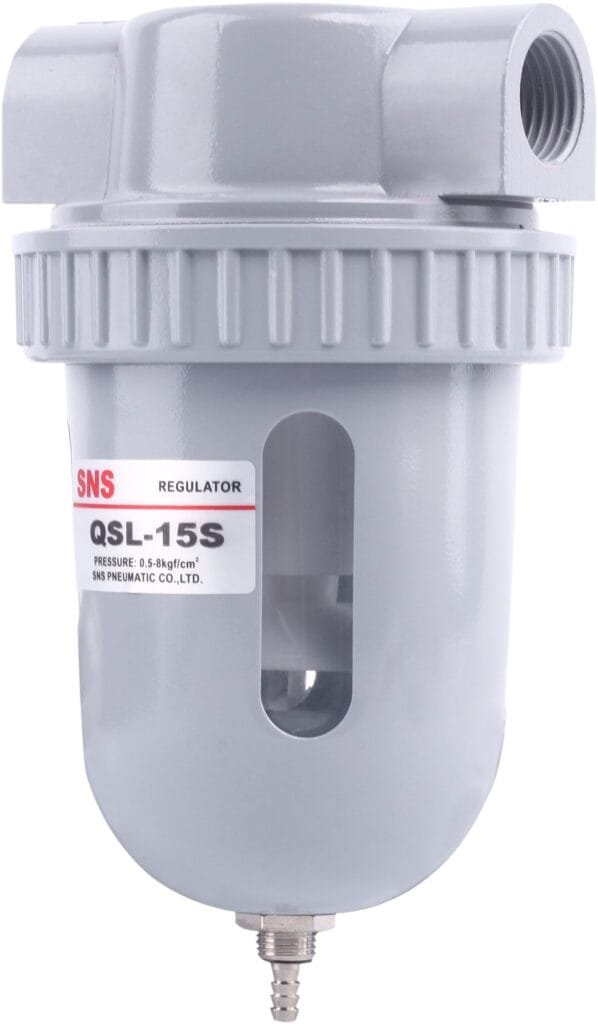How do I know if my air regulator is bad?
Determining the condition of an air regulator is crucial for ensuring the efficiency and safety of pneumatic systems. An air regulator controls the pressure of the air supplied to pneumatic tools and equipment, making its proper functioning essential. This article will guide you through the key indicators and diagnostic procedures to identify a malfunctioning or defective air regulator.

7 Signs Of Bad Air Pressure
Identifying a faulty air regulator can be crucial for maintaining optimal performance in various systems where precise air pressure is vital. Here are key indicators that point towards a potentially malfunctioning air regulator:
- Inconsistent Air Pressure Output: One of the most telling signs of a bad air regulator is when the device fails to maintain a consistent air pressure output. If the equipment powered by the regulated air supply experiences fluctuations in performance or if tools seem to operate erratically, it could be due to an inability of the regulator to stabilize pressure.
- Air Leaks: Finding unexplained air leaks in your system? These leaks could originate from around the regulator’s seals or its body and often indicate wear or damage internally. Not only do leaks compromise system efficiency, but they also signal that your regulator might not be functioning correctly.
- Difficulty Adjusting Pressure: When adjustments to the pressure settings become challenging or if the regulator does not respond as expected to changess this difficulty might indicate internal issues such as contamination blocking components or wear-and-tear affecting its mechanisms.
- Excessive Air Consumption: If there’s a sudden spike in how much air your system consumes without any change in operation, this can point towards inefficiency caused by a faulty regulator. This inefficiency often results from the device failing to properly manage flow rates according to demand.
- Pressure Gauge Readings: Erratic readings on the pressure gauge connected to your regulator can also hint at problems. A well-functioning gauge should reflect stable and accurate pressure levels based on settings. Inconsistencies here suggest that the regulator may not be effectively managing those levels.
- Audible Signs: Odd noises coming from the vicinity of the air regulator like hissing or whistling sounds can indicate issues such as internal damage or leaks. Such sounds should prompt immediate inspection since they showcase potential defects within.
Recognizing these signs and addressing them promptly is important for safeguarding not only the efficiency and effectiveness of your air-powered systems but also their longevity by ensuring all components, including regulators, are in good working order.
Inconsistent Air Pressure Output
Inconsistent air pressure output from an air regulator can significantly impair the performance and reliability of pneumatic systems. This inconsistency can manifest as fluctuations in the air pressure delivered to tools or processes, leading to unpredictable outcomes or even failure to operate as intended. Such inconsistencies often arise due to internal wear and tear of the regulator components, contamination blocking critical pathways, or a malfunctioning spring or diaphragm within the unit.
Identifying this issue early is imperative to maintain operational efficiency and avoid potential damage to pneumatic equipment. Regular monitoring of air pressure levels during operation will highlight any deviations from expected performance, signaling that further inspection or replacement of the air regulator may be necessary.
Air Leaks
Air leaks typically manifest themselves through unexpected hissing sounds or the noticeable escape of air from connections, joints, or the regulator body itself. These leaks not only compromise the efficiency of your pneumatic tools by reducing the available pressure but also lead to increased operational costs due to excess air consumption.
The presence of leaks generally signifies damage to seals, gaskets, or the regulator’s housing. Over time, these components can wear out or become damaged due to various factors such as excessive pressure, temperature fluctuations, or physical impact. In some cases, improper installation or connection of the regulator to the air compressor system can also lead to air leaks.
Upon identifying an air leak, it’s essential to precisely locate its source. This can often be achieved through a careful visual inspection while the system is pressurized. Applying soapy water to suspected areas is a common method for identifying leaks; bubbles will form at leak sites due to escaping air. Once identified, depending on the severity and location of the leak, repairs may range from tightening connections, replacing worn-out parts like seals and gaskets, or in severe cases, replacing the entire regulator.
Regularly inspecting your air regulator and connected components for signs of wear and potential leaks is crucial for maintaining optimal performance and extending the longevity of both your regulator and pneumatic tools.

Difficulty Adjusting Pressure
Encountering difficulty when attempting to adjust the pressure on an air regulator is a common warning flag signaling a potential malfunction. This challenge is crucial to recognize as it directly impacts the precision and efficacy of the air-regulated devices or tools dependent on consistent pressure for optimal operation.
When adjustments to the regulator do not correspond with expected changes in output, this indicates an underlying issue that can range from internal wear or damage to components, accumulation of debris, or even failures in the valve systems responsible for managing pressure settings.
Excessive Air Consumption
This issue suggests that the regulator is not efficiently managing the airflow, resulting in higher-than-normal usage of compressed air. Excessive air consumption can be a clear indication of a leakage or failure within the system that prevents the regulator from maintaining optimal pressure levels.
In practical terms, excessive air consumption means your system is working harder than necessary to achieve its tasks. This inefficiency can lead to increased operational costs due to the higher demand for compressed air. The cause behind this excessive consumption often stems from internal damage or wear and tear in the regulator components, which disrupts its ability to properly control air flow.
Pressure Gauge Readings
When dealing with a potentially faulty air regulator, one critical indicator to watch for is abnormal or erratic readings on your pressure gauge. Typically, a functioning air regulator will maintain consistent pressure levels as indicated on the gauge. If you observe fluctuations that don’t align with the set output or notice that the gauge fails to respond when adjustments are made to the regulator, it could signify an issue.
Erratic behavior in pressure gauge readings can stem from internal damage or wear in the regulator components, leading to incorrect data display. This issue not only affects performance but also poses a risk to operational safety and efficacy. In cases where the gauge indicates a constant high or low pressure unrelated to actual system demands—or if there’s no change in reading despite obvious changes in system requirements—it’s advisable to inspect and test both the regulator and the gauge.
Keep in mind that gauge malfunction alone might be at fault; thus, isolating this issue is crucial before proceeding with further troubleshooting or replacement actions regarding the air regulator itself. Testing with an alternative, calibrated gauge can help determine if the problem lies within the gauge mechanism or if it indeed stems from a malfunctioning air regulator component.
Audible Signs
Audible signs can serve as a direct alert to underlying issues. A properly functioning air regulator should operate relatively quietly, with minimal noise as it regulates air flow. However, if you start to hear hissing, whistling, or sputtering noises coming from the unit, this is a strong indication that the regulator may be failing.
Hissing sounds can often point to air leaks within the system. Such leaks not only compromise the efficiency of the air regulator but also lead to increased energy consumption and operational costs. Whistling noises frequently signal obstructions within the airflow path or issues with internal components that are beginning to degrade. Sputtering, on the other hand, might indicate erratic operation and fluctuating pressure control, suggesting that the regulator’s internal mechanisms are not functioning smoothly.
Any audible signs emanating from an air regulator warrant immediate attention. Such noises are not typical of normal operation and signify that a deeper evaluation of the equipment is necessary. Ignoring these auditory cues could result in compromised performance and potentially lead to complete failure of the system if left unaddressed.

What Happens When an Air Regulator Vent is Blocked
Firstly, a blocked vent can lead to inaccurate pressure readings. Since the vent partakes in balancing internal and atmospheric pressures, any obstruction can cause the regulator to misread the system’s actual pressure. This misreading often results in either too much or too little pressure being delivered from the compressor, which can be detrimental for pneumatic tools or operations that rely on precise pressure settings.
Secondly, operational inconsistency emerges as another consequence of a blocked vent. An air regulator requires consistent atmospheric interaction through its vent to maintain stable output pressures. When this interaction is hampered by a blockage, it may result in fluctuating pressures that could lead to erratic operation or performance dips in pneumatic equipment.
Lastly, prolonged blockage potentially leads to premature wear and failure of the air regulator itself. The inability to correctly regulate pressure not only strains the internal components but might also create scenarios where excess pressure build-up causes damage or complete failure of the regulator.
In Conclusion
Determining the integrity of your air regulator involves monitoring signs of irregular pressure, inconsistent airflow, and unusual noises, which significantly ensure its optimal performance.
To safeguard your equipment and maintain operational efficiency, consider evaluating your air regulator’s condition regularly. If you suspect any issues or require professional guidance, do not hesitate to contact a specialist for assistance.


